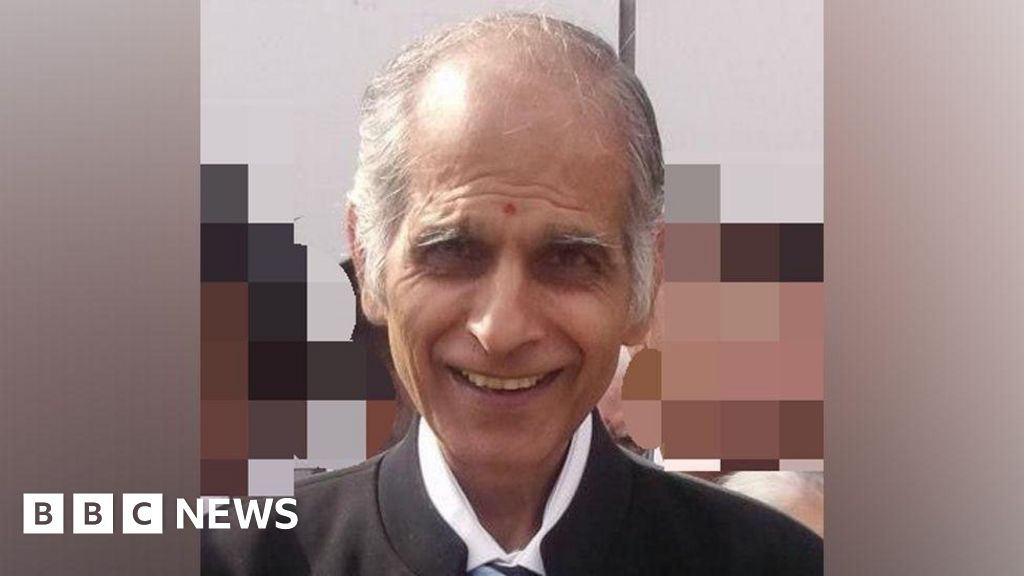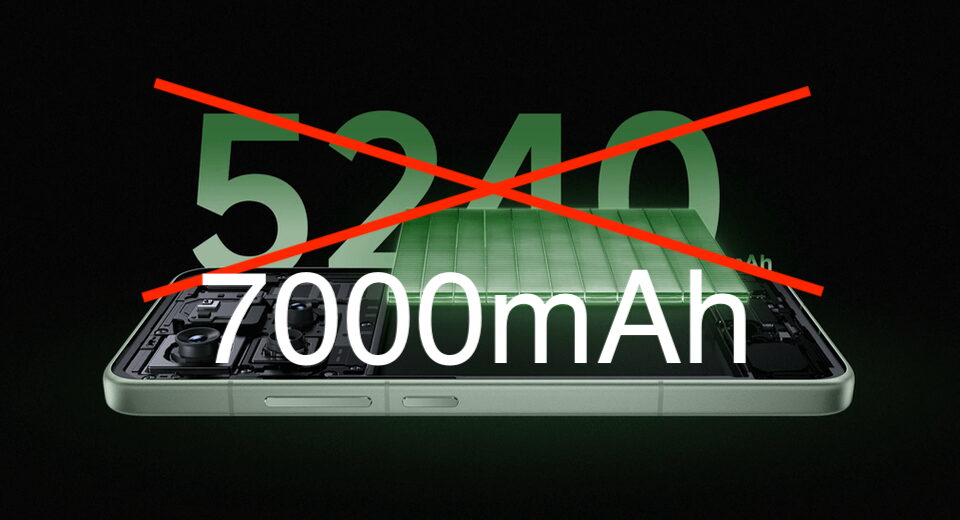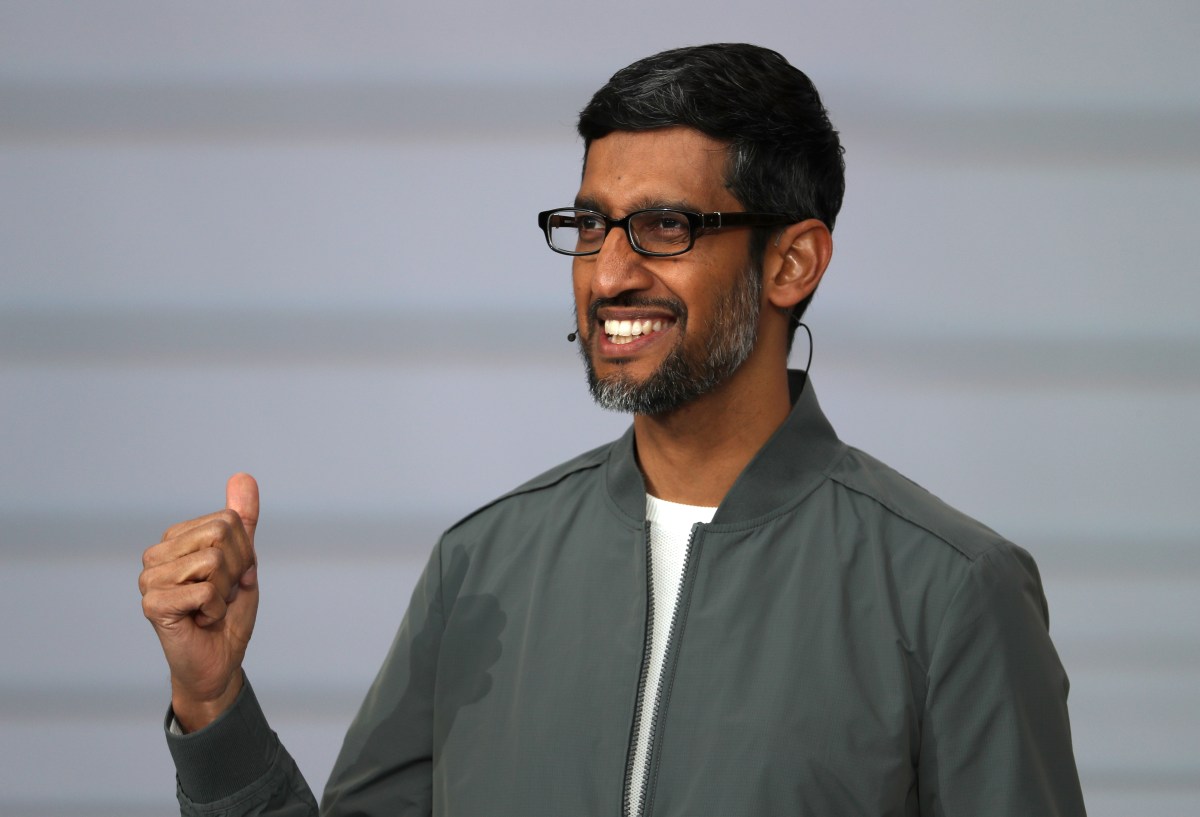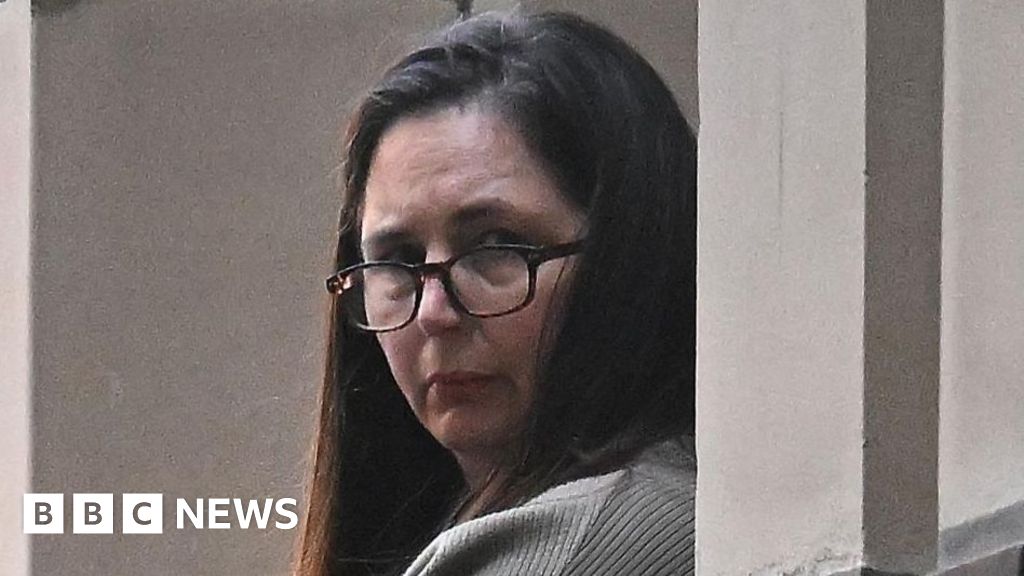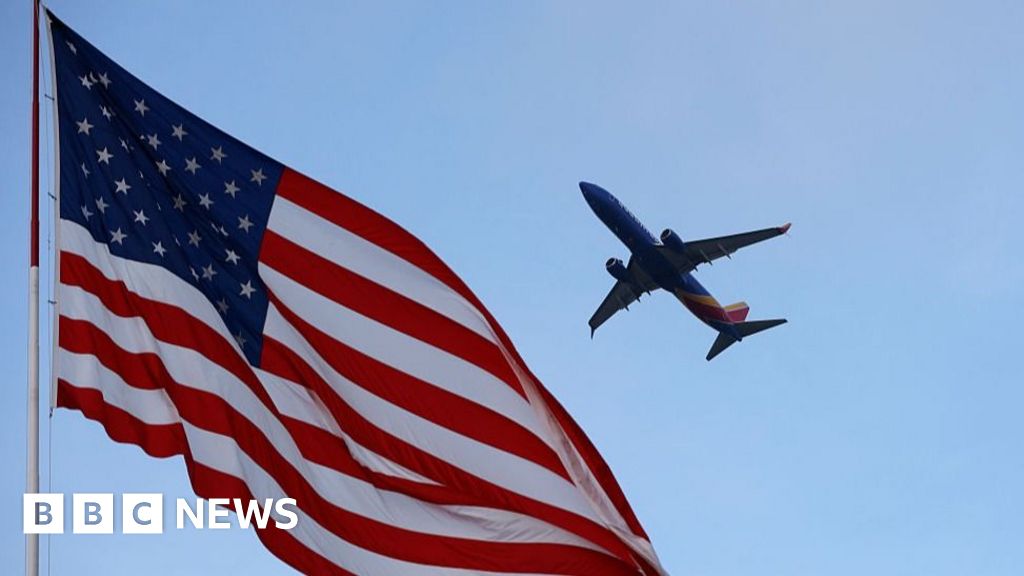The White House Gutted Science Funding. Now It Wants to ‘Correct’ Research.


Thousands of scientists, academics, physicians and researchers have responded to the administration’s executive order about “restoring a gold standard for science.” Who could argue with setting a “gold standard” for science? Actually, thousands of scientists from around the country. President Trump has ordered what he called a restoration of a “gold standard science” across federal agencies and national laboratories. But the May 23 executive order puts his political appointees in charge of vetting scientific research and gives them the authority to “correct scientific information,” control the way it is communicated to the public and the power to “discipline” anyone who violates the way the administration views science. It has prompted an open letter, signed by more than 6,000 scientists, academics, physicians, researchers and others, saying the order would destroy scientific independence. Agency heads have 30 days to comply with the order. Since Mr. Trump returned to the presidency in January, his executive actions have not expressed robust support for science, nor even an understanding of how scientists work. Among other things, the administration has eviscerated National Science Foundation research funding and fired staff scientists at the Environmental Protection Agency, the National Oceanic and Atmospheric Administration and the National Weather Service, which is responsible for forecasting weather hazards. A government report on child health cited research papers that did not exist. “The erosion of American scientific capacity isn’t theoretical, it’s underway,” Andrew Dessler, a climate scientist at Texas A&M University, wrote Monday in his newsletter. In an email later in the day, he called the executive order “a general tool for dismissing all inconvenient science.” The White House Office of Science and Technology Policy spokeswoman, Victoria LaCivita, said by email that the executive order was designed to rebuild “a crisis of trust between the scientific community and the American public.” During Mr. Trump’s first term, his administration repeatedly undermined or disregarded scientific research, especially with respect to climate change. The Environmental Protection Agency tried to restrict the data that could be used to set environmental policy. The new executive order would expand that kind of control across the federal agencies and the national laboratories. The open letter invoked a troubled past of manipulating science. “History illustrates, in no uncertain terms, the dangers of state-dictated ‘scientific truths,’” it says. “State-sponsored programs in Nazi Germany based on the ‘science’ of eugenics led to the genocide of millions of Jews, people with disabilities, and people identifying as L.G.B.T.Q.+ who were deemed to have ‘life unworthy of life.’” The executive order echoes many of the principles of scientists who seek to make research papers more rigorous and transparent. For instance, lifting from what is known as the “open science” movement, the order says research should be reproducible, meaning that an experiment carried out in one lab can be repeated in another lab to see if it delivers similar conclusions. The order says research should be subject to “unbiased peer review” and that there should be no conflicts of interest. That’s standard practice for scientific journals already: Authors are required to state whether they have any conflicts of interest and their findings are peer reviewed before publication. The letter of protest says the executive order is “co-opting the language of open science to implement a system under which direct presidential appointees are given broad latitude to designate many common and important scientific activities as scientific misconduct.” “As scientists, we are committed to a discipline that is decentralized and self-scrutinizing,” the letter reads. “Instead this administration mandates a centralized system serving the political beliefs of the President and the whims of those in power.” According to a survey carried out last fall by the Pew Research Center, the American people trust scientists far more than the federal government. One line in the executive order draws particular attention to climate change studies that sometimes include what could happen if the most extreme (and highly unlikely) temperature increase scenario comes to pass. Known as the Representative Concentration Pathway scenario 8.5, or RCP8.5, the order described it correctly as a “a worst-case scenario based on highly unlikely assumptions.” But there are good reasons to evaluate worst-case scenarios, even if they are unlikely, scientists point out. The worry is that administration officials would wholesale reject the findings of any studies that include any worst-case-scenario projections. Meteorologists and climate researchers ran a livestream for more than four days to protest the administration’s cuts to weather and climate research, warning that people’s lives were at risk. The order also criticizes provisions that encourage government agencies to take diversity, equity and inclusion considerations into account in their studies. That, too, could affect funding for a range of research proposals that include D.E.I. objectives. Medical journals have received threatening letters from the Justice Department, suggesting without citing evidence that they published biased work. Now comes the executive order on science. “What’s being demanded here is an unwinding of scientific integrity policies, under the misleading name of “Gold Standard Science,” to serve the values and priorities of the current administration,” the Union of Concerned Scientists, an advocacy organization that has been critical of Trump’s health and environmental policies, said in a blog post.Co-opting Familiar Words
The consequences
What's Your Reaction?
 Like
0
Like
0
 Dislike
0
Dislike
0
 Love
0
Love
0
 Funny
0
Funny
0
 Angry
0
Angry
0
 Sad
0
Sad
0
 Wow
0
Wow
0


